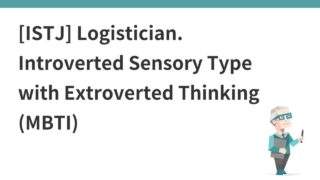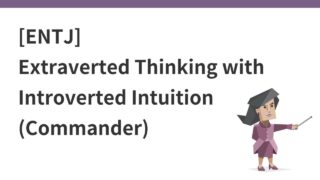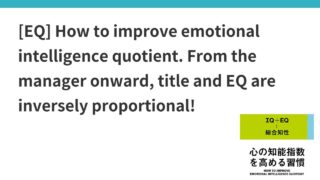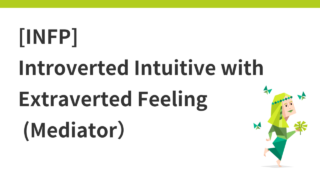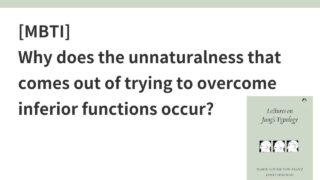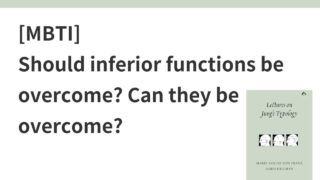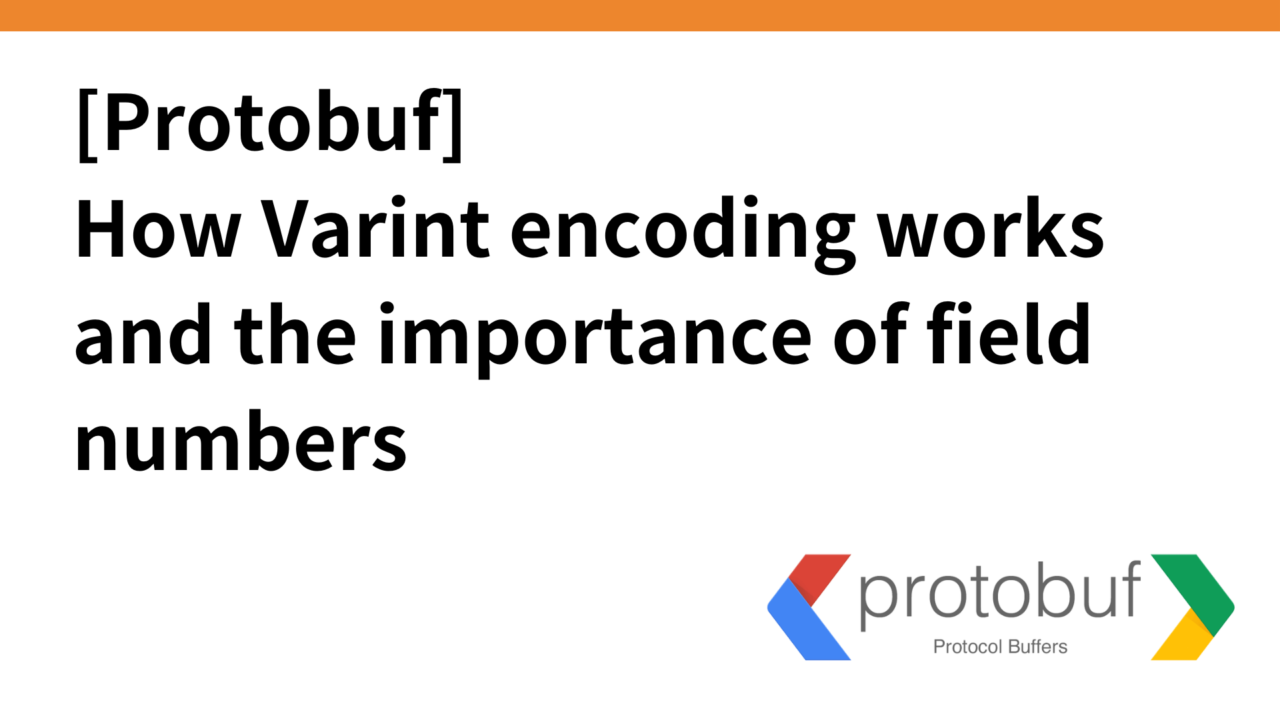- Introduction.
- Public’s impression of ESTJ
- Te-Si: Extroverted thinking type with a sense of introversion
- Characteristics and decision-making process for primary and auxiliary functions
- Difference between ESTJ and ISTJ
- Difference between ESTJ and ENTJ
- ESTJ’s impression of the people around him: a strict leader.
- To reinforce introverted feelings of inferior function (Fi)
- Communication Features
- Reactions during stress and points for improvement
Introduction.
I will summarize the following perspectives on each MBTI personality type.
- Public Impressions
- Characteristics of the primary and auxiliary functions and the decision-making process
- Impression to the surroundings
- Inferior Functions and How to Enhance Inferior Functions
- Communication Features
- Reactions during stress and points for improvement
In this issue, we discuss the ESTJ.
Public’s impression of ESTJ
If you Google ESTJ, related searches include “ESTJ leader,” “ESTJ texter,” and “ESTJ tough.
Described as “advocates,” celebrities include John Rockefeller and Henry Ford.
Te-Si: Extroverted thinking type with a sense of introversion
Cognitive functions of ESTJs are in order of development as follows
- Primary function (the function you are most aware of): extroverted thinking (Te)
- Auxiliary functions (functions that function well but are difficult to notice by themselves): introverted sensation (Si)
- Third function: extroverted intuition (Ne)
- Inferior function: introverted affect (Fi)
The following is a brief description of how each cognitive function affects an individual’s perception and behavior
| cognitive function | Inward (i) | Outgoing (e) |
| Intuition (N) | Pattern recognition – inner insights and future predictions | Explore new possibilities – ideas and abstract concepts |
| Thinking (T) | Logical analysis – building internal theories and organizing thoughts | Objective judgment – decision making for efficiency and fairness |
| Emotion (F) | Deep empathy – a deep understanding of personal feelings and values | Social harmony – forming emotional connections with others |
| Sensation (S) | Details of reality – reflection of inner concrete memories and experiences | Actual experience – direct interaction and action with the outside world |
Te-Si: Make efficient and logical decisions based on past experience and facts.
Characteristics and decision-making process for primary and auxiliary functions
Extroverted thinking (Te): objective judgment
Extroverted thinking, the primary function of ESTJs, pursues efficiency and logic; ESTJs are good at developing structured procedures and plans to achieve goals. In problem-solving, ESTJs are expected to make decisions based on data and evidence and implement them.
Introverted sensation (Si): focus on reality
The introverted sense, an auxiliary function of ESTJs, is adept at understanding and evaluating the real world based on past experiences and detailed facts; ESTJs value consistency and order and tend to adhere to an existing framework. In everyday life, they are characterized by planning and attentiveness and often take a reliable, practical approach.
For example, in a project management situation, ESTJs use extroverted thinking (Te) to establish clear goals and plans and strictly control progress. At the same time, they use introverted sense (Si) to refer to past successes and apply proven methods.
Difference between ESTJ and ISTJ
Both ESTJs and ISTJs have the same combination of primary and auxiliary functions, but the order of primary and auxiliary functions is different, resulting in differences in decision-making processes and human interaction.
Both make efficient and logical decisions based on past experience and facts, but ISTJs are introverted and carefully plan and act, whereas ESTJs are extroverted and get things done while showing leadership in leading their organizations and teams.
Difference between ESTJ and ENTJ
Both ESFJ and ENTJ have extroverted thinking (Te) as their primary function, but have different decision-making processes due to different auxiliary functions.
Both formulate efficient strategies and drive the organization to achieve its goals, but while ESTJ emphasizes pragmatic methods and follows established procedures, ENTJ, with introverted intuition (Ni) as an auxiliary function, emphasizes future-oriented strategies and attempts to take an innovative approach.
ESTJ’s impression of the people around him: a strict leader.
- Efficient and organized: ESTJs excel in their ability to use extroverted thinking (Te) to get things done efficiently and to plan and organize.
- Leadership: Demonstrate confident leadership skills and lead the team to achieve its goals.
- Highly responsible: they value fulfilling their own responsibilities and try to meet the expectations of those around them.
- Lack of Emotional Consideration: Because of the primary function of extroverted thinking (Te), emotional consideration may be lacking, and the person may appear cold-hearted. They also place a high value on efficiency and discipline, and may make strict demands on others, which can lead to strained relationships.
- Stubborn and inflexible: ESTJs tend to adhere to a plan or method once decided and may have difficulty responding flexibly to new situations or changes. May be conservative with new ideas or inexperienced approaches and slow to accept change.
- Excessive control: Too much attention to detail, overly managerial and not respecting the autonomy of others.
My impression is that “strict leader” is the most appropriate term for this type of person, and I see him as a strengthened version of ISTJ.
The image of a person who shows extroverted thinking and leadership in an organization, while also respecting order, and being highly motivated to grow and focused on winning, losing, and ranking, and thus rising through the ranks, such as department manager. He has a strong sense of social success, and his organizational adaptability is quite high.
Also, when it comes to leadership, he seems to want to decide on every detail in advance. He has a strong sense of justice and reacts strongly to inequality and injustice, and cannot help but say a few words.
They are confident about achieving their goals, but not necessarily very confident about engaging in the emotional situations that arise when working with others. Self-assessment is pragmatic, based on competence and ability. However, he is basically an athletic and strong character.
To reinforce introverted feelings of inferior function (Fi)
ESTJs have relatively the least developed introverted affect (Fi), a recessive function.
Introverted emotion refers to “the brain’s ability to think deeply about how we and others really feel.
Have time for self-reflection
Regular time for self-reflection can help us understand our feelings and motivations more deeply. Writing in a journal, meditating, or simply having time to quietly look inside yourself allows you to listen to your own inner voice.
Click here for an article on how to keep an emotional diary.
Putting feelings into words
Practicing to accurately verbalize one’s feelings can strengthen introverted emotions (Fi). Although it may be difficult to share your emotions with others, you may want to start by expressing your feelings through dialogue with trusted friends and family members.
Be sensitive to other people’s feelings
Increasing sensitivity to the emotions of others is also helpful in the development of Fi. It is important to observe the emotions and reactions of others and strive to understand the feelings and motivations behind them.
What we need to learn to respect different types
Incidentally, the types with this introverted affect (Fi) most developed are INFPs and ISFPs, who, although introverted, process their emotions richly internally and have a deep understanding of their own values and feelings.
It may be a good idea to pay attention to how they process and express their emotions internally and gradually incorporate them into your own behavior, starting with the parts that are easy to adopt. It may be beneficial to observe their behavior and recognize the differences from your own.
ESTJs need to learn to respect different types, that a clear vision and enhanced relationships can sometimes be more useful than facts, details or logic.
Communication Features
Direct and clear
- Be direct in what you want to say and avoid ambiguity.
- ‘Please keep this project on deadline. More details will be given later.”
practical
- Prefer practical topics to theoretical ones, and communicate based on concrete facts and data.
- Please give us some specific figures. Without them, I can’t make a decision.”
Focus on efficiency
- They seek efficient communication and dislike waste.
- Let’s not have useless meetings. Let’s discuss only the points.”
logical
- Prefers logic and rationality over emotion and logical arguments.
leadership
- He often gives directions and is skilled at leading others.
- I leave this task to you. Please keep me informed of your progress.”
placing importance on order
- Act according to rules and regulations and communicate to maintain order.
assertive
- Clearly state your opinion and lead the discussion.
Reactions during stress and points for improvement
When exposed to stress, ESTJs may trigger a series of typical reactions, with an over-expression of their primary function, extroverted thinking (Te), or the emergence of an inferior function, introverted sensation (Fi), which is usually under-used.
It is stressful to see people who appear dependent, overly nervous, uncommitted to performance, or who are less focused on the process and less dependent on productivity results.
Reactions under stress
- Excessive Extroverted Think ing (Te): excessive extroverted thinking (Te) in the primary function is exhibited, leading to excessive attempts to manage for efficiency and order, and excessive attention to detail. The main function of the mind is the extroverted thinking (Te): “Why isn’t everything going as planned? Move more efficiently!”
- Surfacing of introverted feelings (Fi) of inferior function: behavior: introverted feelings (Fi) that are not usually used much surfaces and makes the person more sensitive to self-worth and emotions, leading to emotional and self-reproach. No one understands my efforts anymore.”
- Irritation with the behavior of others: Because of the emphasis on efficiency and productivity, the behavior of others who do not meet these standards is a source of stress. Increased frustration with those who appear dependent or who do not value productivity. Why doesn’t that person take their commitment more seriously?”
Key Points for Improvement
- Time management and prioritization: Set clear goals and prioritize task lists to work efficiently and avoid excessive control.
- Relaxation practices: learn and incorporate relaxation techniques such as yoga, meditation, and deep breathing into your daily life to help manage stress levels and keep calm.
- Practice delegation of authority: Appropriate delegation of tasks, rather than doing everything yourself, can free you from excessive responsibility and reduce stress.
- Be Flexible: Be flexible and adaptable to unexpected changes and challenges. Accepting and adapting to change will enable you to manage stress effectively.
- Participation in hobbies and social activities: Participate in fun and social activities to maintain work-life balance. This is important to have time to refresh and get away from the pressures of work.
ESTJs are very dependable in organizations and teams because of their leadership, efficient and practical approach. However, they may lack flexibility and emotional sensitivity, which can cause friction in their relationships with others. It is important to listen to the feelings and opinions of others in order to achieve balance.


